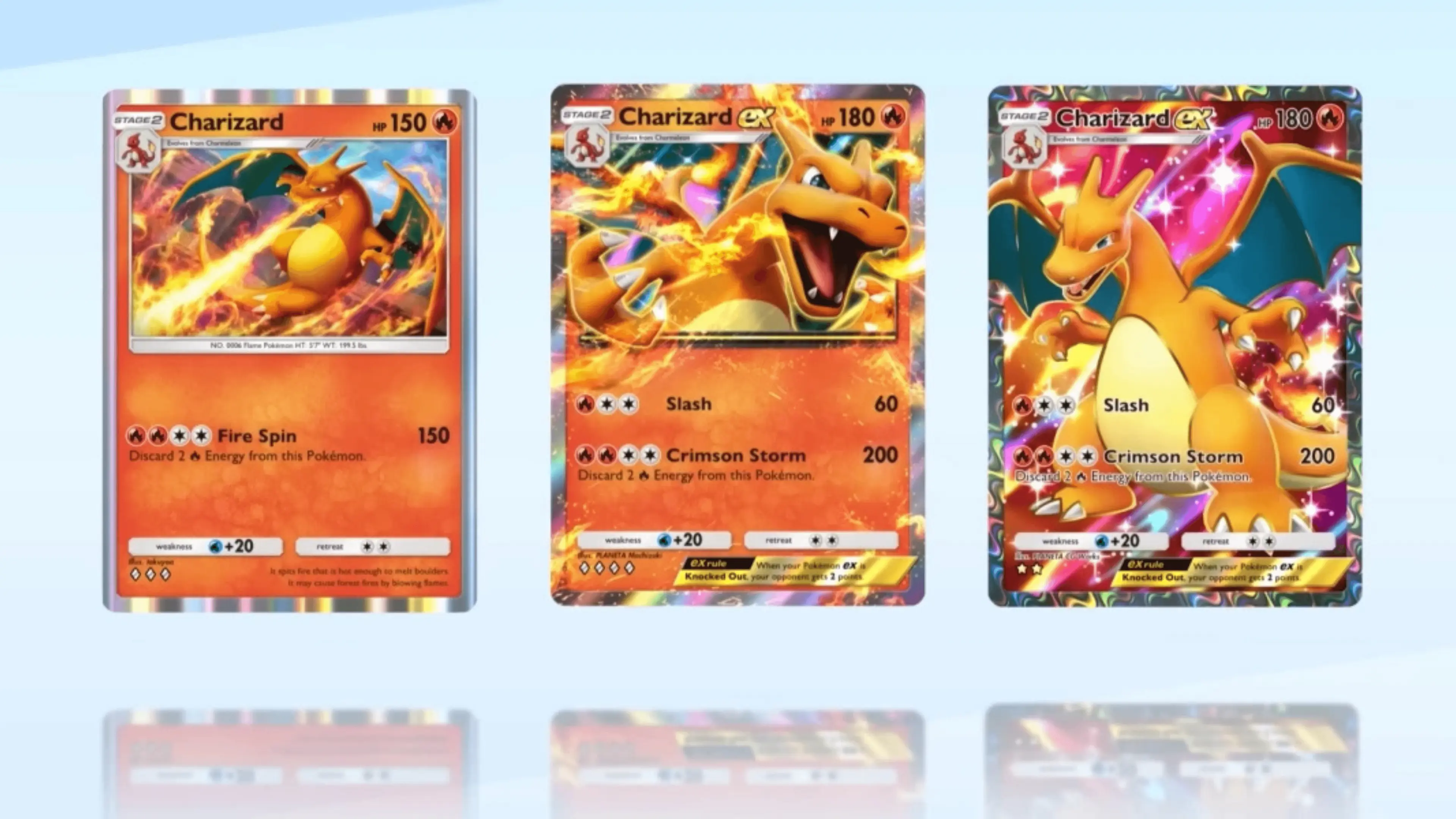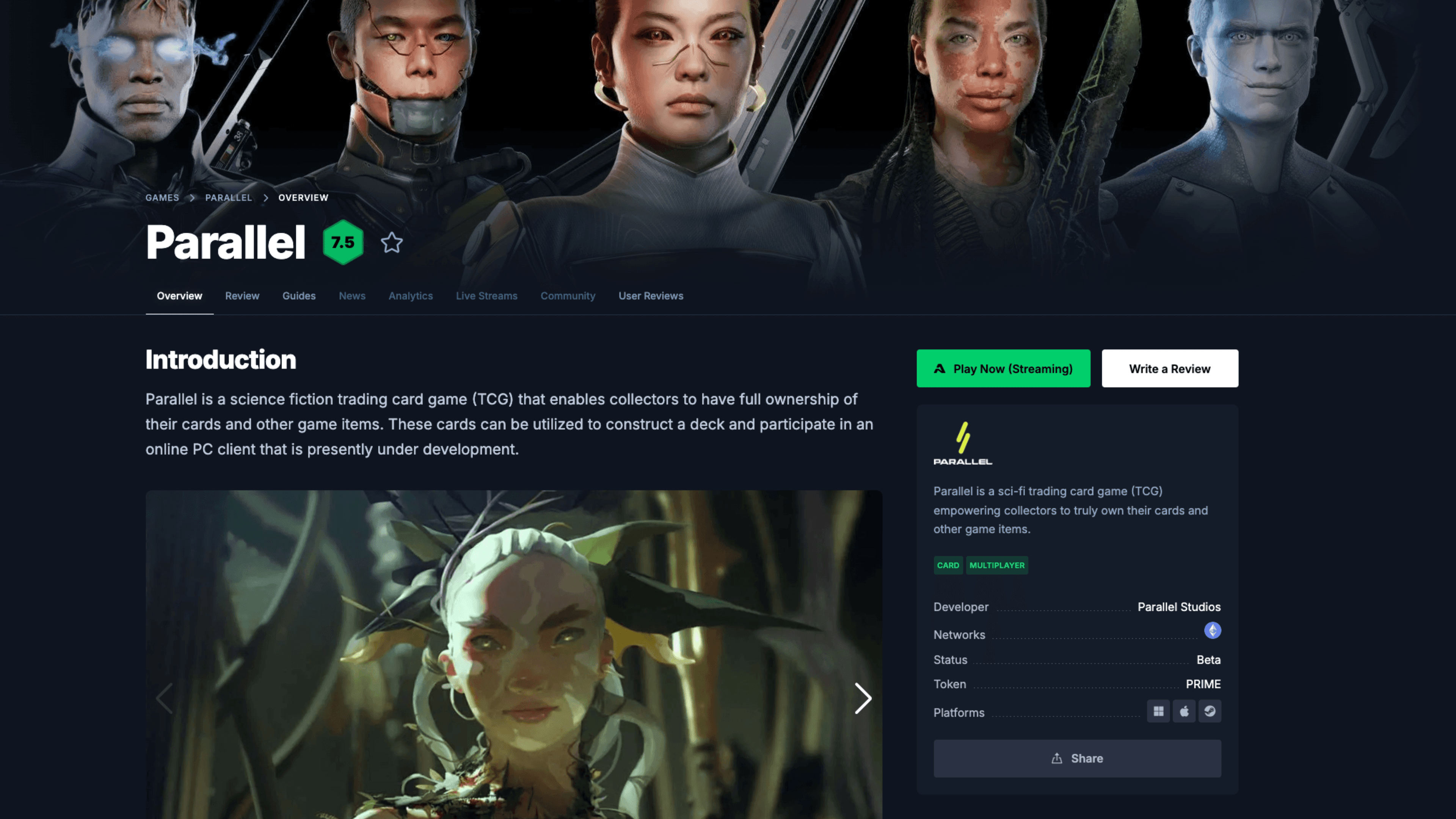Collectibles have long been integral to human culture, stemming from an intrinsic desire to acquire and preserve items of value or interest. This tradition, evident since ancient times, has evolved significantly, encompassing everything from physical artifacts to digital treasures. In the gaming industry, collectibles have emerged as a substantial and underutilized market worth $142 billion.

Exploring the $142 Billion Gaming Collectibles Market
$142 Billion Opportunity
The gaming collectibles market encompasses both physical and digital assets, contributing to its impressive valuation of $142 billion. In-game items are the largest segment, generating $80 billion primarily through primary sales of digital assets like skins, trophies, and achievements. This category is dominated by publishers such as Riot Games, Epic Games, and Activision Blizzard, who rely on in-app purchases.
Consoles contribute $37 billion, driven by strong sales during new console launches and rising secondary market interest about a decade after release. Physical game cartridges account for $12 billion, though their sales are declining as consumer preferences shift toward digital formats. Meanwhile, trading cards, worth $13 billion, have seen robust growth fueled by Pokémon and Magic: The Gathering, with new projects from Disney and Riot Games showing promise for future diversification.

Pokémon Cards
Considerations for Expanding Collectibles
Expanding the role of collectibles in gaming requires addressing several strategic considerations. One of the most critical factors is the presence of a secondary market. For physical items, platforms like eBay dominate, facilitating billions in collectible-related sales annually. However, specialized marketplaces tailored to gaming collectibles remain scarce, limiting efficiency and accessibility.
Digital collectibles face even greater challenges, as developers often restrict secondary sales to maintain control and direct revenue streams, which constrains market growth. Trackability is another essential consideration, with clear systems for highlighting rarity and exclusivity proving crucial for increasing the perceived value of collectibles. Blockchain technology offers a promising solution by providing transparency and verifiability.
Exclusivity also plays a significant role in driving demand for collectibles. Limited availability, whether through constrained supply for physical goods or challenging achievements for digital items, enhances their status appeal. However, utility—while a hallmark of interactive media—is generally less significant for collectibles.
Most items serve a display-focused purpose, and overly integrating utility risks alienating players by introducing “pay-to-win” mechanics that disrupt game balance. Successful strategies must balance these factors while catering to the diverse motivations of collectors, which range from financial investment to nostalgia and personal connection.

Gaming Collectibles Market Konvoy Data
Challenges and Inefficiencies
The gaming collectibles market is shaped by varying collector motivations, which sometimes conflict. Investors prioritize monetary value, often holding items to restrict supply and influence prices. Conversely, motivations like nostalgia, personal ties, and status are less quantifiable but no less impactful in driving demand.
However, the gaming collectibles market suffers from inefficiencies, such as opaque pricing mechanisms, that hinder informed decision-making. Unlike other markets, such as vintage cars, where centralized sales data is available, gaming collectibles lack comparable transparency. Addressing these inefficiencies is essential for unlocking the full potential of the market.
Relevance to Web3 Gaming
The relevance of collectibles to web3 gaming lies in the technology's ability to address key challenges in the collectibles market while unlocking new opportunities for players and developers alike. Blockchain, a cornerstone of web3, inherently provides the transparency, trackability, and verifiable scarcity needed to enhance the value and appeal of digital collectibles.
By enabling true ownership, interoperability, and decentralized secondary markets, web3 gaming can overcome traditional barriers like restricted resale markets and siloed ecosystems. Moreover, the blend of digital assets with web3's community-driven nature aligns seamlessly with collectors' motivations, fostering deeper player engagement and financial participation. Parallel is a perfect example of a blockchain game that has already capitalized on this market.

Parallel on GAM3S.GG
Final Thoughts
Despite its challenges, the gaming collectibles market holds significant untapped potential. Both AAA publishers, indie developers, and web3 gaming companies stand to benefit from expanding physical collectibles and addressing the barriers limiting the scalability of digital assets. Establishing formalized secondary marketplaces could serve as a turning point, unlocking liquidity and accessibility while catering to the diverse motivations of collectors.
With the growing integration of technology and evolving consumer behaviors, the $142 billion collectibles market is poised for further growth. For gaming IPs, collectibles offer an exciting avenue to deepen player engagement, expand revenue streams, and redefine ownership in a rapidly evolving digital economy.
Source: Konvoy



